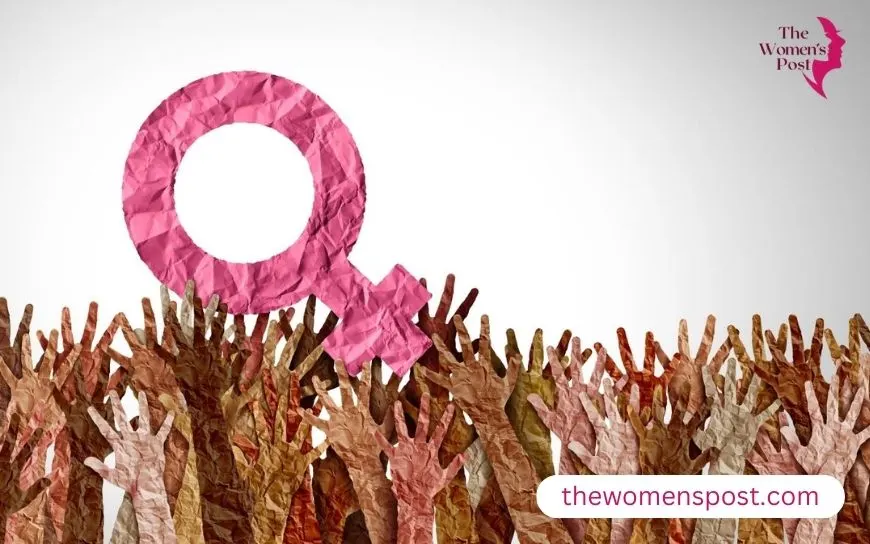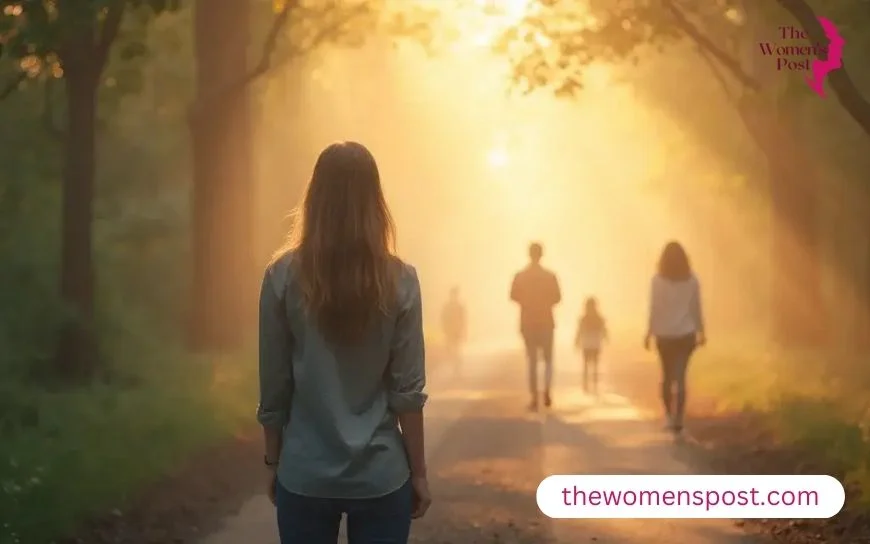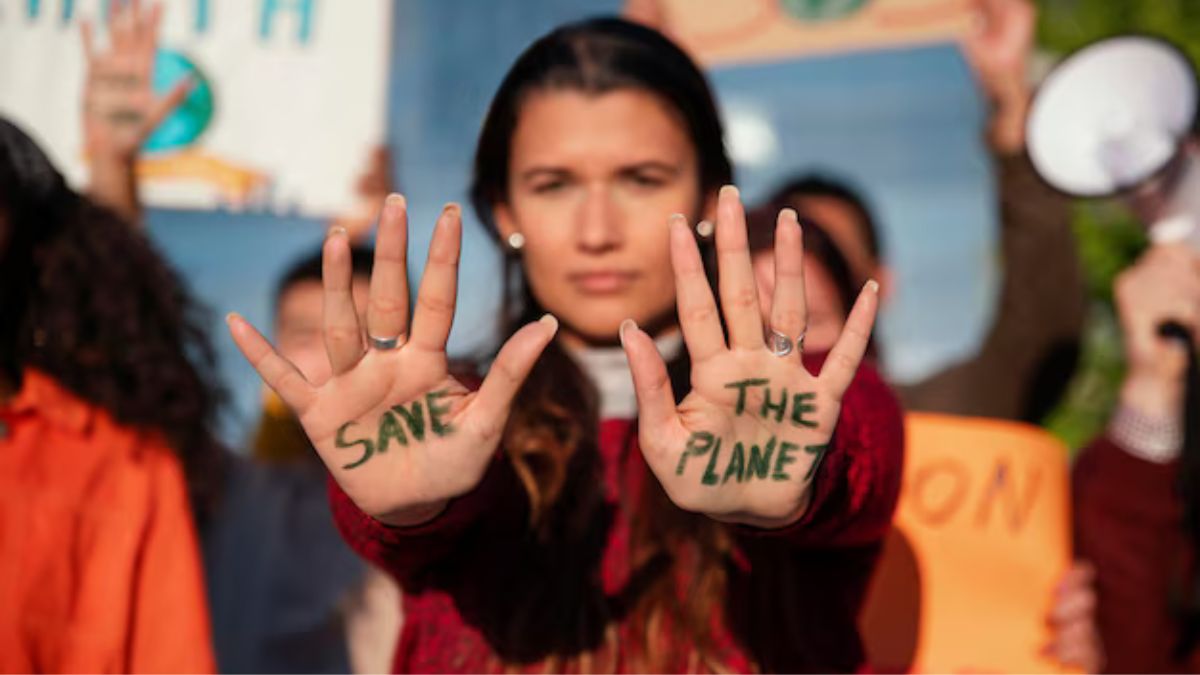Climate change is no longer a distant concern; it is here and has a daily impact on people’s lives. However, there is one aspect that is rarely discussed: it does not effect everyone equally. The severe consequences are felt by those who are already struggling to make ends meet, with women in disadvantaged areas bearing the hardest cost.
Imagine a woman in a drought-stricken community in Sub-Saharan Africa travelling kilometres under a blistering heat to get water that will last just a day. Or a young girl in Bangladesh, whose schooling is halted every rainy season when floods ravage her community. Climate change is more than simply an environmental concern; it is also a human and gender issue, as well as a catastrophe that exacerbates existing inequities.
Why women?
Climate change does not select its victims, but gender roles, economic inequality, and cultural standards leave women in a particularly vulnerable position. Women in many countries are in charge of providing food, water, and fuel for their family. When climate calamities strike—whether droughts, floods, or hurricanes—these critical resources become limited. They have a disproportionate share of the duty for adapting and coping.
- The Daily Struggle for Water and Food
Water is essential for survival, yet many women face everyday challenges in obtaining it. Women and girls in drought-prone countries, such as Africa and South Asia, are compelled to walk longer distances to get water. This takes time away from schooling, income-generating pursuits, and even simple moments of relaxation.
Food security is another major concern. Unpredictable weather patterns have resulted in crop failures, higher food costs, and greater hunger. Women, especially those in rural communities, are frequently the first to suffer the effects. As main carers, they eat last and least when food is short, putting their children and families ahead of themselves.
- The Emotional Toll: Anxiety, Fear, and Loss
Climate change has a significant influence on both physical and mental health. Consider the emotional impact on a mother who loses her house to a storm or a farmer who sees her crops wither due to excessive heat. An unstable environment creates a profound, unspoken fear of dislocation, starvation, and uncertainty about the future.
Women in vulnerable areas frequently lack access to mental health facilities, forcing them to suffer quietly from the stress and trauma of natural catastrophes. The emotional load is immense, yet it is rarely mentioned.
- Increased risk of violence and exploitation
When resources become scarce, tensions increase. Women and girls in disaster-affected communities are at a higher risk of domestic abuse, sexual exploitation, and human trafficking. Safety is frequently jeopardised in refugee camps or temporary shelters, when many people are relocated as a result of climate-related calamities.
Consider the Rohingya refugee camps in Bangladesh, where congestion and a lack of security have made women more susceptible to violence. In drought-affected areas of Kenya, teenage girls are coerced into early marriages as a survival strategy—one less mouth to feed at home. These are not isolated events; they are part of a worrisome pattern that demonstrates how climate change exacerbates gender-based violence.
Breaking the Cycle: Women as Agents of Change
Despite being disproportionately affected by climate change, women are not only victims, but also strong change agents. Women throughout the world are leading grassroots groups, campaigning for climate action, and devising novel ways to adapt to changing conditions.
In India, rural women are banding together to restore forests and apply sustainable farming techniques. Women in the Pacific Islands are conducting community-based disaster preparedness projects to increase resistance to increasing sea levels.
Their expertise in local ecosystems and resource management makes them great contributors to climate solutions.
What Can Be Done?
Addressing climate change from a gender perspective is critical. Here’s all we need:
- Invest in Women’s Education and Leadership – When women are educated and given leadership chances, they can bring long-term solutions to the table. Programs that teach women in climate-smart agriculture, renewable energy, and conservation can have a big impact.
- Improve Access to Resources – Women require more access to land, financing, and technology in order to adapt to climate change. Supporting women farmers with drought-resistant seeds or solar-powered irrigation can help to increase food security.
- Strengthen Social Safety Nets – Governments and organisations must offer better social protection programs, such as cash transfers and food relief, amid climate
- Prevent Gender-Based Violence – Additional measures are required to safeguard the safety of women in disaster-stricken communities. This includes improved refugee camp security, tighter anti-exploitation legislation, and community-based violence prevention measures.
A Call to Action
Climate change is not a distant, abstract threat; it is occurring right now, and it is harming the most vulnerable among us. However, the narrative does not have to finish with sadness. We can create a more resilient and equitable future for everybody by empowering women, supporting their leadership, and ensuring their voices are heard in climate policies.
Let us not limit our discussion of climate change to melting glaciers and increasing temperatures. Let us talk about the ladies who travel kilometres for water, the farmers who struggle to feed their family, and the girls who want to go to school but are unable to do so due to environmental obstacles.
Because when we help the most vulnerable, we build a future in which everyone, regardless of gender, geography, or economic standing, can flourish in the face of climate change.
Also read: The Digital Lifeline: How Online Education is Bridging the Gender Gap in Learning










